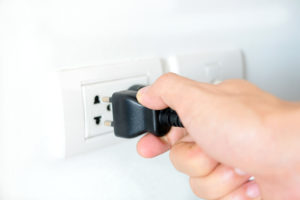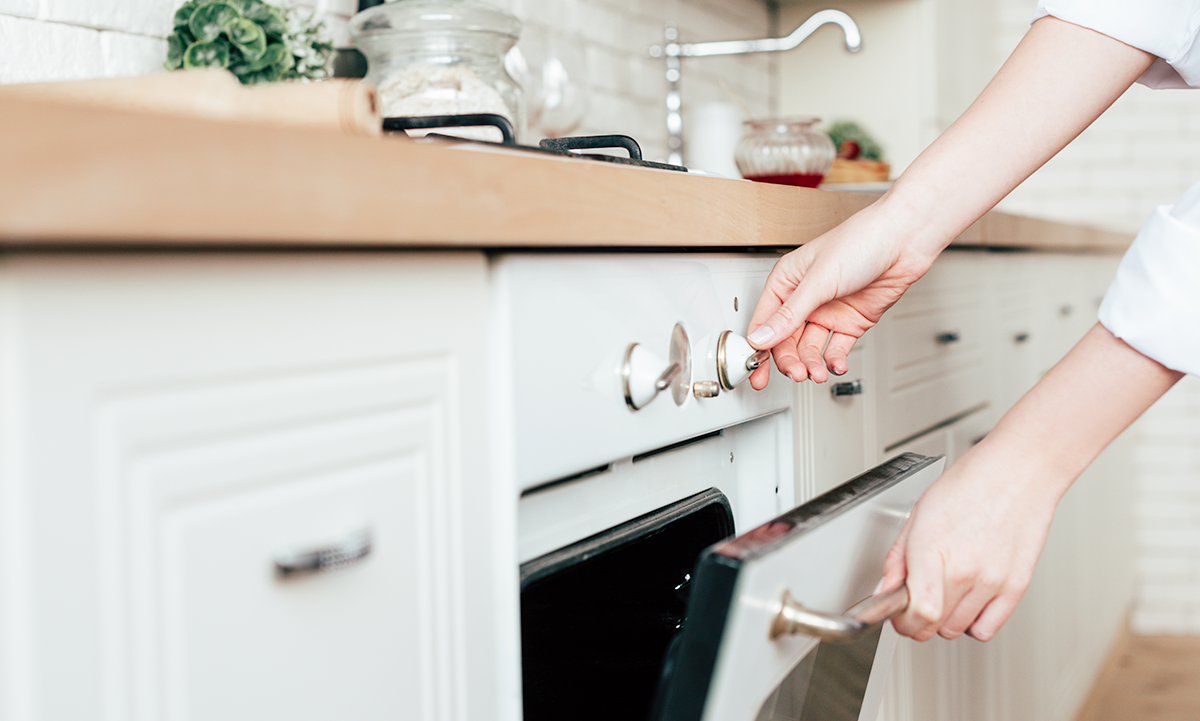
Winter is coming… and with it often comes a higher heating and electricity bill. Most people can expect increases anywhere between 15% and 33%, squeezing already tight budgets. While it’s normal for electricity bills to go up in the winter, this year is expected to be worse thanks to inflation and the cascading energy crisis in Europe. Fortunately, there are many steps you can take to lower your electric bill without having to sacrifice warmth and comfort!
Why Is My Electric Bill So High in the Winter?

There are many factors that can impact your heating and electric bills. Some of these factors are based on your own unique situation. The further north you live, for example, the more electricity you’ll consume to warm your home compared to someone who lives in a southern state. But other factors are universal to everyone. Here are some of the reasons electric bills increase during the winter:
- You’re home more and for longer periods of time. There’s a reason the saying, “Sun’s out, guns out” exists. It’s because people go outside more during the summer months – but that means that the converse is true: people stay inside during the winter months. This means that you’ll use more electricity (lights, heating, cooking, entertainment, etc.) as you go about your day inside your home.
- Shorter days. Because it gets darker earlier in the day, you’ll turn on the lights and appliances sooner during the winter months compared to the summer. While 1-2 hours of more electricity usage a day might not seem like a big deal, it really adds up day after day, week after week.
- Cooler weather. No matter where you live, the temperature is going to drop. It’s just a matter of how much. The bigger the difference between the temperature outside vs. the temperature inside, the more electricity your house will need to heat your home to keep it nice and warm.
- Holiday decorations and parties. The extra lighting for festive decor can take a toll on your electricity bill, especially if you love going “all out” with holiday decorations and outdoor lighting. Fortunately, holiday lights have gotten more energy efficient over the years, so it’s not as big of a concern as they used to be.
How Can I Lower My Electricity Bill This Winter?
Here’s the good news: you don’t have to sacrifice comfort and warmth in order to lower your heating and electric bills.
Consider some of the following cost-saving ideas!
1. Open all the blinds and curtains once you wake up.
The sun is the greatest source of free energy, so why not take advantage of it? The greenhouse effect is very real, so let the sun in during the day to warm your home for free! Even if it’s cold outside, the sun will naturally warm your home by several degrees and keep it nice and toasty! If you have pets, there’s a reason they love napping by the windows during the day – it’s because the sun keeps them warm!
2. But close them all once the sun goes down.
While the windows can let the sun in during the day, they are also the greatest culprit of energy loss at night. Windows simply isn’t as insulated as your walls, which means that heat will dissipate through the windows. To help minimize this effect, close the blinds and curtains, which will create another layer to insulate between the windows and the outside world.
3. Dress up, not down.
Yes, you should dress comfortably at home, but try bundling up at home. No… I don’t mean walking around your living room in a bulky winter jacket. Rather, wear sweaters and sweatpants and thick, wool socks. By dressing warmly, you can afford to lower your thermostat by a few degrees while maintaining your comfort! Plus, nothing beats reading a book in your sweats while drinking some hot cocoa.
4. Mind the family schedule and adjust accordingly.
If you and your spouse are away at work when the kids are in school, then turn off or “relax” the thermostat. Of course, if you have indoor pets, make sure that the temperature is comfortable for them. Even when you’re home, you can adjust the thermostat when you’re sleeping. The blankets should be enough to keep everyone warm!
5. Find cracks and leaks.
Areas such as chimneys, furnace flues, pipes, electrical outlets, windows, and doors are all places where warm air can seep out and cold air can sneak in. For small cracks and leaks, repair them with caulk. If your windows and doors are causing a draft, then try weather stripping or replacing the seals.
6. Only do the dishes and laundry when completely full.
It can be tempting to run the dishwasher or do laundry with the load at half capacity, but this is inefficient and results in needing to run more cycles – and more cycles require more energy. Instead, commit to only running the dishwasher and doing laundry when you can run a full load. Not only will this save you significant money, but it’s also better for the environment!
7. Upgrade appliances and light bulbs over time.
Technology continues to become more energy efficient. If your kitchen appliances are years (or decades old), then odds are that they aren’t the most energy efficient. When it’s time to replace an appliance, search for an option that’s energy efficient. Likewise, when it’s time to replace a burnt-out light bulb, why not opt for an LED light or a similarly efficient option? You don’t have to replace everything all at once. Instead, do this slowly over time to save money without having to make an upfront investment! Pro tip: Energy-Star-certified appliances will save you at least 25% in energy usage!
8. Reverse your ceiling fans.
Most people know that you can adjust the speed on ceiling fans, but did you know that you can reverse them as well? Look for a switch on the fan itself (you’ll likely need a ladder) and make sure that the blades turn counterclockwise in the winter. Because warm air rises, this will push the warm air accumulating at the ceiling towards you and your family to better keep you warm!
9. Decorate hard floors with rugs.

Placing a rug on hard floors is more than just a decorative choice – it also helps keep your feet warm! In addition to making your feet more comfortable, rugs behave as a type of insulation. Hard floors can pull heat out of the air, so by using rugs, you’re helping your home retain as much heat as possible!
10. Utilize the garage as a “second refrigerator.”
Of course, you won’t want to put anything that can spoil like meat or dairy in the garage, but why not sodas and other beverages? You see, most refrigerators don’t run on a timer. Rather, they run based on an internal thermostat. By keeping beverages and similar items chilled in the garage, you’re helping your refrigerator lessen its cooling load. Fewer cooling cycles mean less electricity usage. The savings can be significant!
The Bottom Line
By incorporating all of these tips, you can lower your heating and electricity bills.
But don’t let these habits end with the winter months.
Saving money is fashionable throughout every season of the year! Many of these tips will help save you money all year long. Use these tips as an exercise to ask yourself, “How can I continue to be more efficient with my utilities?” More often than not, utility efficiency correlates with your electricity bill.
Do you have any tips on how to save money during the winter months? Feel free to leave a comment below. You never know how your comment might help.
To connect with other budget-conscious people, I invite you to join the TBM Family on Facebook. I look forward to seeing you there!

